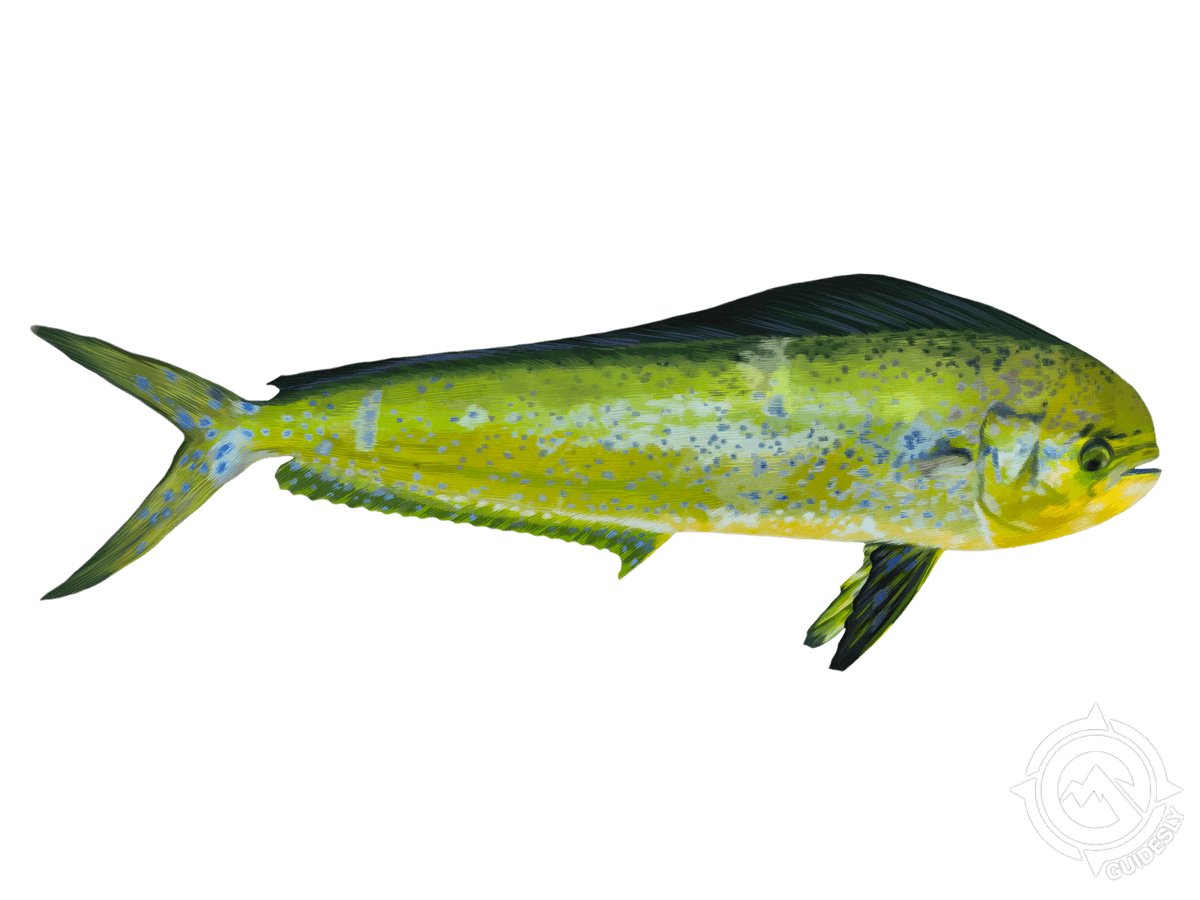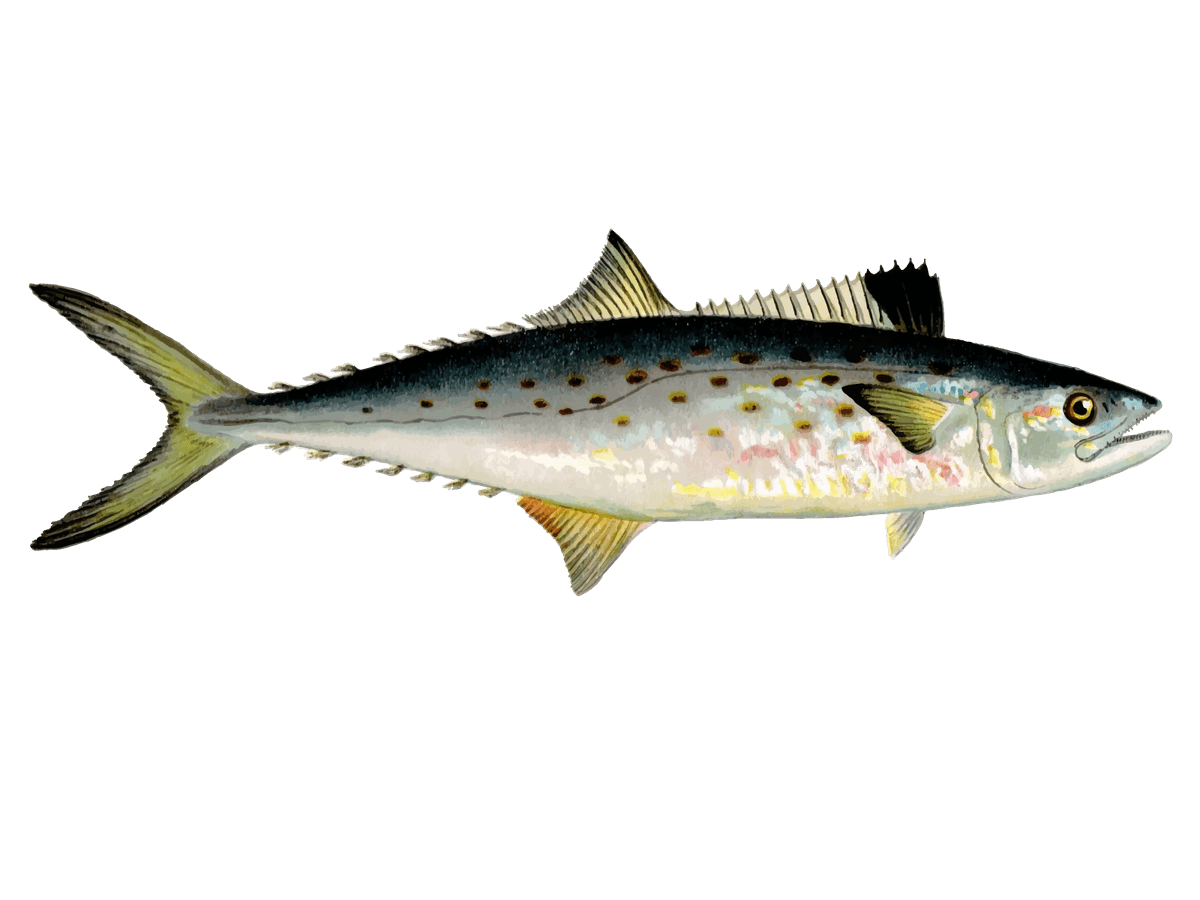Premier 6-Hour Offshore Fishing | Wrightsville Beach
- Published Date: July 17, 2025
- Fishing
- Wrightsville Beach
- $300 - $2,500 price range
- Updated Date: November 1, 2025
Summary
%2F%2Fusers%2F21630d68-1fe1-4eca-8ee9-a29aa80e3268%2Fratecard%2F96816710_156144245889510_1950415113814024005_n.jpg&w=1200&q=75)
Offshore Action Shots


Full Day Fishing: Mackerel, Mahi & More
Ready for some serious offshore action? Ocean Stinger Charters has you covered with this full-day trip out of Wrightsville Beach. We're talking up to 20 miles offshore, where the big boys play. Whether you're a seasoned pro or just getting your sea legs, this trip is all about hooking into some of the Atlantic's most exciting gamefish. From the lightning-fast runs of Spanish Mackerel to the acrobatic leaps of Mahi Mahi, we've got a full day of rod-bending action lined up for you.
What to Expect on the Water
This ain't your average day on the pond, folks. We're heading out to where the continental shelf drops off and the Gulf Stream brings in the pelagics. Our captain knows these waters like the back of his hand, and he'll put you right on the fish. We'll be trolling, live baiting, and maybe even doing some sight casting if conditions are right. The boat's loaded with top-notch gear, so all you need to bring is your game face and maybe a cooler for your catch. With room for up to 6 anglers, it's perfect for a group of buddies or the whole family. Just remember, offshore fishing can be a workout, so come prepared for a full day of reeling in the big ones.
Techniques & Tackle Talk
Alright, let's break down how we're gonna put fish in the boat. We'll be using a mix of techniques depending on what's biting. For the mackerel, we'll likely be trolling with planers and spoons. When the mahi are running, we might switch to pitching live bait or tossing out some ballyhoo on the troll. The captain's always got a few tricks up his sleeve, so don't be surprised if we mix it up with some kite fishing or even break out the butterfly jigs for some vertical action. The boat's rigged with everything from light tackle for the Spanish mackerel to heavy duty gear in case a sailfish decides to crash the party. And don't worry if you're new to this – the crew's always happy to show you the ropes and help you dial in your technique.
Species You'll Want to Hook
King Mackerel: These smokers are the speed demons of the Atlantic. Known for blistering runs that'll have your reel singing, Kings can top out at over 50 pounds. They're around most of the year, but prime time is late spring through fall. When a King hits, hold on tight – these fish don't know the meaning of quit.
Mahi Mahi: Also called Dolphinfish, these neon-colored acrobats are a sight to behold. They're known for their spectacular aerial displays and hard-fighting nature. Mahi typically show up in the warmer months, and they're not just a thrill to catch – they're downright delicious. Nothing beats fresh mahi tacos after a day on the water.
Little Tunny: Don't let the name fool you – these "false albacore" fight like fish twice their size. They're here year-round but really shine in the fall when they chase bait near the surface. Pound for pound, they're some of the hardest fighting fish in the ocean, known for long, screaming runs that'll test your drag and your stamina.
Spanish Mackerel: These smaller cousins of the King Mackerel are perfect for light tackle enthusiasts. They're fast, they're furious, and they're a blast on light gear. Spanish mackerel typically show up in spring and stick around through fall. They're great eating and perfect for anglers of all skill levels.
Bluefish: The bullies of the ocean, bluefish are pure muscle with an attitude to match. They'll hit just about anything that moves and fight all the way to the boat. Blues are around most of the year but really turn on in the spring and fall. They're not the prettiest fish in the sea, but what they lack in looks they make up for in fight.
Time to Book Your Spot
Look, there's a reason why Wrightsville Beach is a top-rated fishing destination, and this trip shows you why. From the rush of hooking into a screaming King Mackerel to the thrill of watching a Mahi Mahi light up the water with its electric colors, this full-day trip delivers the goods. The crew at Ocean Stinger Charters knows these waters inside and out, and they're committed to putting you on the fish. Whether you're looking to fill the cooler or just want to experience the thrill of battling some of the ocean's top gamefish, this trip's got you covered. So what are you waiting for? Grab your spot before someone else does. The fish are biting, and the ocean's calling – time to answer!
Learn more about the species
Bluefish
Bluefish are the bulldogs of the sea - all muscle and attitude. They usually run 3-10 pounds but can top 20. You'll find them busting bait in inlets, along beaches, and over nearshore reefs. Summer and fall are prime, when big schools move in. Blues are famous for their aggressive feeding frenzies called "blitzes." They'll hit just about anything, fight like crazy, and have razor-sharp teeth. Anglers love 'em for the pure, chaotic action. Their oily meat is an acquired taste, but makes great smoked fish dip. When blues are blitzing, toss metal lures right into the mayhem and retrieve fast. But watch those teeth when unhooking - I've seen blues snap pliers in half! For a real thrill, try topwater lures during a blitz. The strikes are explosive.

King Mackerel
King mackerel are some of the fastest fish in these waters, often hitting 50 mph when chasing prey. They typically run 20-40 pounds, but monsters over 70 aren't unheard of. Look for them in depths of 40-150 feet, especially near structures like reefs or wrecks. Kings migrate seasonally, so late summer through fall is prime time here. Anglers love targeting them for their blistering runs and acrobatic jumps - hooking one feels like trying to stop a freight train. Their meat is good eating too, with a rich, firm texture. When trolling for kings, I like to use two rods - one with a surface lure and another with a deeper diving plug. That way you're covering more of the water column. Just be ready when they hit - kings don't mess around!

Little Tunny
Little tunny, also called false albacore, are speed demons. These small tuna relatives usually run 5-12 pounds and swim in large schools near the surface. You'll often spot them feeding on bait balls, causing a commotion locals call "breaking water." They prefer warm waters, so late summer through fall is prime time. Little tunny put up an insane fight for their size - expect screaming runs and lots of jumps. Light tackle is a blast, but be ready for your line to get stripped! They're not the best eating, but the fight makes up for it. When you see them busting bait, cast small, flashy lures like silver spoons right into the frenzy. Retrieve fast - these guys love the chase. Just watch those teeth when unhooking!

Mahi Mahi or Common Dolphinfish
Mahi are the chameleons of the ocean, changing from electric blue and green to yellow as they're pulled from the water. They average 15-29 pounds but can top 50. You'll find them offshore near floating debris or weedlines, often in schools. Summer and early fall are best, when the water warms up. Mahi are a blast to catch - they'll make spectacular aerial displays and put up a great fight on light tackle. Plus, they're delicious on the grill. Anglers love 'em for both the sport and the table fare. When you spot a school, toss out a live bait and let it skip across the surface. Mahi can't resist attacking something that looks like it's trying to escape. Just be ready for that first run - it'll make your reel sing!

Spanish Mackerel
Spanish mackerel are the perfect light tackle target. Usually 2-4 pounds, they make up for size with speed and numbers. You'll find schools of them in nearshore waters, around inlets and along beaches. They love warm water, so summer and early fall are prime. These fish are a blast on ultralight gear - expect fast runs and aerial acrobatics when hooked. Their meat is tasty too, especially when fresh. Anglers dig 'em for both the action and good eating. To catch 'em, I like to troll small spoons or jigs behind planers. But if you see them busting bait on the surface, casting small flashy lures into the frenzy is hard to beat. Work your lure fast - Spanish macks love to chase down fleeing prey.

About the Ocean Stinger
%2F%2Fusers%2F21630d68-1fe1-4eca-8ee9-a29aa80e3268%2Fboat_picture%2Fbig%2520rock%2520weigh%2520station.png&w=1200&q=75)
Vehicle Guest Capacity: 6
Manufacturer Name: 2017 Twin Caterpillar C7
Maximum Cruising Speed: 25
Number of Engines: 2
Horsepower per Engine: 500
%2Ffit-in%2F250x250%2Fguide_websites%2F1639%2Fimages%2F1743216099326342972941_1172679456711879_6851935228636996882_n.jpg&w=1200&q=100)
%2Fusers%2F21630d68-1fe1-4eca-8ee9-a29aa80e3268%2Fimages%2Fmajestic-north-carolina-landscape-2280.jpg&w=768&q=75)
%2Fusers%2F21630d68-1fe1-4eca-8ee9-a29aa80e3268%2Fimages%2Fbest-fishing-wrightsville-beach-2509.jpg&w=768&q=75)
%2Fusers%2F21630d68-1fe1-4eca-8ee9-a29aa80e3268%2Fimages%2Ffisherman-catch-wrightsville-beach-2440.jpg&w=768&q=75)
%2Fusers%2F21630d68-1fe1-4eca-8ee9-a29aa80e3268%2Fimages%2Fmahi-mahi-catch-wrightsville-beach-2472.jpg&w=768&q=75)
%2Fusers%2F21630d68-1fe1-4eca-8ee9-a29aa80e3268%2Fimages%2Ffishing-adventure-nc-2454.jpg&w=768&q=75)
%2Fusers%2F21630d68-1fe1-4eca-8ee9-a29aa80e3268%2Fimages%2Fwrightsville-beach-deep-sea-fishing-11416.png&w=768&q=75)
%2Fusers%2F21630d68-1fe1-4eca-8ee9-a29aa80e3268%2Fimages%2Ffisherman-wrightsville-beach-catch-3072.jpg&w=768&q=75)
%2Fusers%2F21630d68-1fe1-4eca-8ee9-a29aa80e3268%2Fimages%2Fspanish-mackerel-wrightsville-beach-2491.jpg&w=768&q=75)
%2Fusers%2F21630d68-1fe1-4eca-8ee9-a29aa80e3268%2Fimages%2Ffantastic-fishing-north-carolina-2516.jpg&w=768&q=75)
%2Fusers%2F21630d68-1fe1-4eca-8ee9-a29aa80e3268%2Fimages%2Fsuccessful-fishing-trip-nc-2471.jpg&w=768&q=75)
